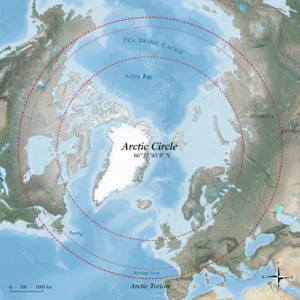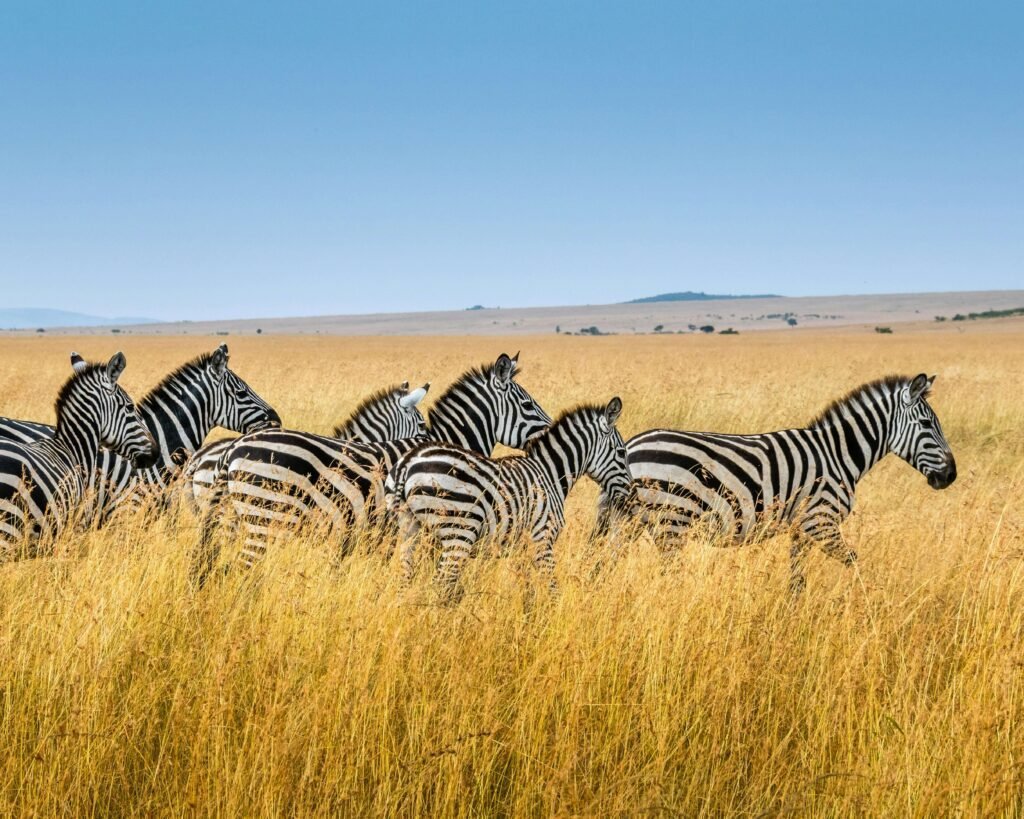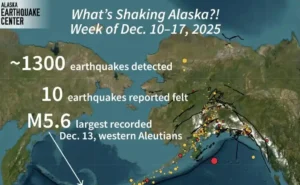According to the World Wide Fund for Nature (WWF), over the past 50 years, there has been a catastrophic decline in the wildlife population globally of over 70%. The WWF research, released on Thursday, examined more than 5,000 species, including fish, amphibians, birds, mammals, and reptiles. It brought attention to the worrying state of environments like the Amazon rainforest, which are on the verge of catastrophic shifts that might wipe out entire species.
According to the Living Planet Report, human activity has been the leading cause of a 73% decline in the 35,000 populations examined since 1970. Freshwater species experienced the most significant reduction, while terrestrial and marine animals succeeded. Interestingly, hunting has caused the populations of pink river and tucuxi dolphins in the Brazilian state of Amazonas to decline by 65% and 57%, respectively. Their continuing existence is further threatened by climate change.
The ivory trade has reduced Gabon’s woodland elephant population by 78% to 81%. Since Gabon is home to almost half of Africa’s forest elephant population, this loss poses a severe danger to the species’ survival. Globally, habitat loss, induced mainly by food systems, remains the most severe threat to wildlife. Disease, invasive species, and overexploitation are all significant factors.
But there’s still hope. According to WWF research, committed conservation efforts have had a major role in stabilizing or expanding certain species’ populations. By 2020, the European bison, which became extinct in the wild in 1927, had recovered to a population of 6,800, primarily due to extensive breeding and reintroduction efforts.
International conservation efforts like the UN Biodiversity Accord for 2022 seek to protect 30% of the globe by 2030, but there are worries they may fail. WWF officials called for rapid action to avert irreparable decline in the wildlife population and of ecosystems vital to humans.












